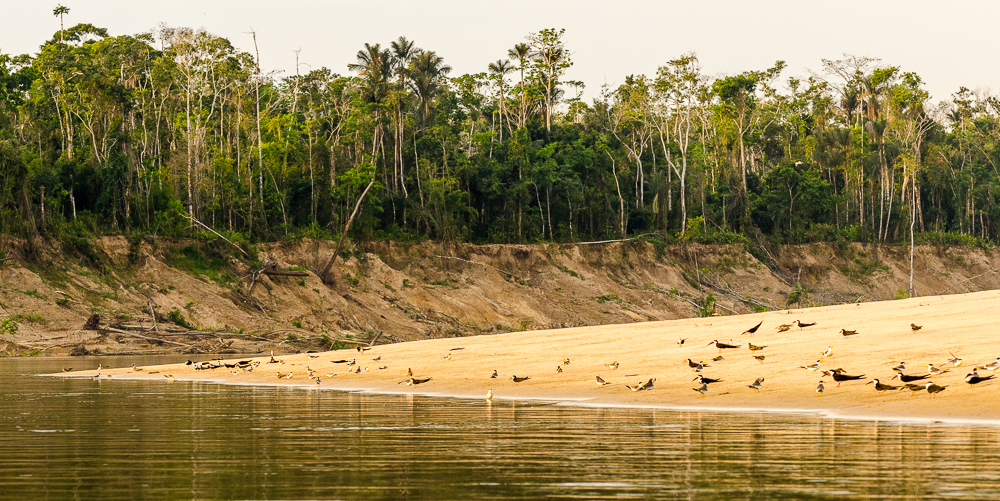By Clara Machado
Freshwater turtles have been a popular resource in Amazonian cuisine since before Europeans arrived on the South American continent. Due to high exploitation over the last century in the form of hunting and the collection of eggs, mainly to serve as food, turtles have experienced drastic reductions in their populations. Community-based conservation of turtles has been adopted by rural communities in the Amazon and this has developed into an important strategy to protect these animals. During the dry season, which lasts approximately five months, beaches are exposed in the meanders of rivers, where several turtle species lay their eggs. It is during this period that the threat from hunting and egg collection intensifies, which is why the community-based conservation programme includes action to guard some of these beaches. This beach guarding is performed by residents of nearby communities, who tirelessly spend the night on beaches to prevent poaching and ensure the effective protection of the turtles’ nests.

This work, often still carried out without financial support, generates benefits far beyond just turtles. The study entitled “Community-based conservation with formal protection provides large collateral benefits to Amazonian migratory waterbirds”, led by João Vitor Campos-Silva together with other Instituto Juruá researchers and published this year in PLOS ONE, compared beaches along the Juruá River to evaluate the conservation of four migratory waterbird species that breed in the Brazilian Amazon. The 155 beaches compared were located either inside or outside protected areas, and included both beaches that received community protection and those that did not.
The results were somewhat surprising, showing that the best approach for the abundance of these birds was community-based conservation, regardless of whether beaches were inside or outside formal protected areas. Although those beaches with community-based protection represented only 13.5% of beaches analyzed in the study, they supported 82% of all 6,548 individual birds sighted in the study. While turtles are the primary target of conservation initiatives on these beaches, the benefits that are extended to include bird species are impressive. Community-based conservation is therefore demonstrated as an effective strategy for the protection of migratory birds breeding on Amazonian river beaches, particularly because of the low cost of its implementation and its potential for replication across the Amazon.






